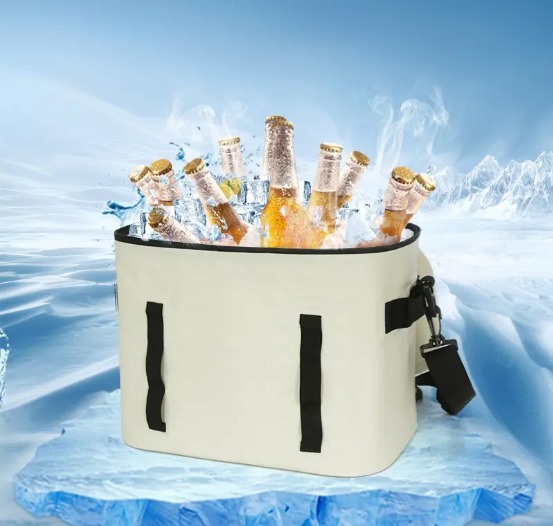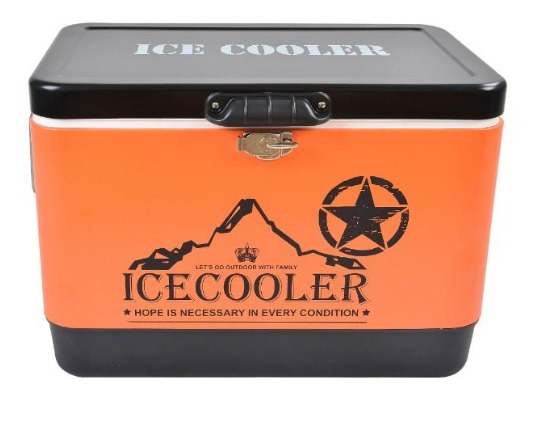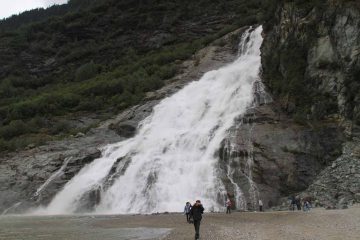Cooler Boxes
Using cooler boxes or cooler bags effectively in summer requires some planning and knowledge to maximize their cooling efficiency. Here are some detailed tips on how to use them:
Preparation
1. Pre-Chill the Cooler
- Cooler Box: Pre-chill it by placing ice packs or bags of ice inside for a few hours before loading your items.
- Cooler Bag: Similarly, pre-chill the cooler bag by placing it in a cold area or using ice packs.
2. Use Cold Items
- Food and Drinks: Pre-chill or freeze the items you plan to pack. Frozen items will help keep the cooler’s temperature down longer.
3. Choose the Right Ice
- Block Ice: Lasts longer than cubed ice. Consider freezing water in large containers.
- Cubed Ice: Cools items faster but melts quicker.
- Ice Packs: Reusable and less messy. Consider using a combination of ice packs and ice for optimal cooling.
4. Pack Efficiently
- Layering: Place a layer of ice or ice packs at the bottom, then add your items, and finish with another layer of ice on top.
- Order of Use: Pack items in the order you’ll use them. Items you’ll need last should go at the bottom.
Packing and Usage
1. Pack Tightly
- Full Cooler: A full cooler stays cold longer than a half-empty one because there’s less air to warm up.
- Air Gaps: Minimize air gaps by packing items closely together.
2. Use Separate Coolers
- Food and Drinks: Consider using separate coolers for food and drinks. Drink coolers are opened more frequently, which can reduce the cooling efficiency for food.
3. Keep It Closed
- Minimize Openings: Open the cooler as infrequently as possible to keep the cold air inside.
- Lid Safety: Ensure the lid is tightly closed each time after accessing the cooler.
4. Shade and Ventilation
- Keep Coolers in Shade: Place the cooler in a shaded area, away from direct sunlight to prevent it from heating up.
- Ventilation: Avoid placing coolers on hot surfaces like asphalt or concrete. Elevate them if possible to allow air circulation underneath.
Maintenance During Use
1. Drain Water
- Cooler Box: If water accumulates from melted ice, drain it periodically. Water can reduce the cooler’s efficiency.
- Cooler Bag: If the cooler bag has a drainage system, use it. Otherwise, be mindful of water accumulation and remove it if necessary.
2. Replenish Ice
- Add Ice Regularly: Keep an eye on the ice levels and add more ice or ice packs as needed to maintain low temperatures.
3. Monitor Temperature
- Thermometer: Use a thermometer to keep track of the internal temperature, especially for perishable items. Aim to keep it below 40°F (4°C).
Tips for Cooler Bags

Cooler Bag
1. Insulation Enhancement
- Use Towels or Blankets: Wrap the cooler bag in an extra towel or blanket to add an additional layer of insulation.
- Reflective Materials: Consider placing a reflective material (like a space blanket) on top to reflect heat away.
2. Portable Ice Packs
- Smaller Packs: Use smaller ice packs that fit well within the bag’s compartments.
3. Accessible Location
- Easy Access: Keep the cooler bag in an easily accessible spot to reduce the time it’s open when grabbing items.
Conclusion
By pre-chilling your cooler, using cold items, packing efficiently, minimizing openings, and keeping your cooler in the shade, you can significantly improve its cooling efficiency. For cooler bags, adding extra insulation and using portable ice packs can help maintain the temperature. Following these strategies will ensure that your food and drinks stay cold and fresh throughout your summer outing.
When Use Cooler Boxes or Cooler Bags Better?
Cooler Boxes:
- Ideal For: Long trips, camping, boating, large gatherings, and situations where durability and long-lasting cold retention are crucial.
- Considerations: Best if you have space to store and transport them, and don’t need to carry them far on foot.
Cooler Bags:
- Ideal For: Short trips, picnics, daily use, or situations requiring easy transport and storage.
- Considerations: Best for situations where convenience, lightweight design, and flexibility are prioritized, and long-term cold retention is less critical.
KASSICO, an aluminum box factory in Ningbo, China, has 21 years of production experience. Since 2015, combining the advantages of camping kitchen boxes, KASSICO has expanded its business scope to outdoor camping gear and equipment, including the design and supply of camp furniture, camping tents, camp kitchenware, camping lights, tools, etc. With multiple sets of outdoor product solutions. KASSICO provides customers worldwide with hundreds of innovative and affordable outdoor products. We will be your reliable suppliers and try our best to serve you better and be your honest partner.
More Details: https://www.kassico-outdoor.com/




